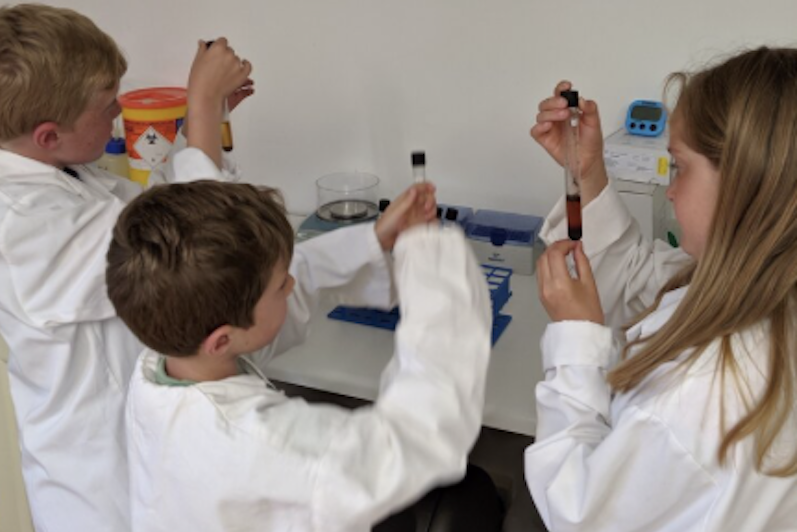
Public Engagement
The evidence of soil degradation – across the UK and internationally – is extensive and growing daily, and yet public awareness of, and interest in soil as a critical pillar of our environment is low – especially when compared with other critical indicators (air, water, biodiversity).
At a time of widespread environmental appreciation thanks to the efforts of David Attenborough, Greta Thunberg, Extinction RebellionR etc. the lack of attention paid to soils is particularly telling.
There are many reasons for this oversight. They include complexity (700+ different soil types in the UK alone), ownership (soil is privately owned) and visibility – most soil is literally hidden from view. It is also dirty, brown and slow to change – lacking the ‘charisma’ of biodiversity, the urgency of air pollution or the emotive impact of plastic pollution. It does not lend itself to headline-grabbing statistics of change overnight – even though soil decline is happening gradually in front of our eyes.
The public are custodians of the soil as farmers, gardeners, consumers, parents and teachers, but are also critical drivers of policy change - by governments, food retailers and manufacturers through their interest and expectations.
As such, public engagement and education is a critical aspect of our campaigning activities, and with that in mind we launched uksoils, on the 4th December 2020 in support of World Soil Day, an ambitious new initiative we set up with the UK Centre for Ecology and Hydrology, Earthwatch and the University of Sheffield.
Uksoils is an online soil hub with the most engaging and innovative public-facing information and education resources relating to soil health from around the world and across the web. It aims to kickstart a nationwide public appreciation and understanding of the economic, societal and ecological importance of soil health.
The new hub seeks to cater for the needs of farmers, foresters, landscape managers, urban planners, gardeners, citizen scientists, parents and schools, policy makers and academics by signposting soil-related resources to inspire, educate, demonstrate and get people started with their own soil interests. An important feature on the website is the interactive map of Lighthouses, Living Labs and Soil Assessment Networks, where soil best practice and innovative management techniques are being carried out and developed around the country.
At the SSA, we call for:
- Government and environmental organisations to incorporate soil health into their public-facing environmental education and information campaigns.
- Soil health to be embedded in the national curriculum alongside other critical indicators (air, water etc.).
An example of such work is our open-access primary school resources, developed for the interest and benefit of primary school aged children to engage Yr 3, 4 and 5 pupils with soils - from soil biology and functions to climate change, the causes of soil damage and keeping soil healthy. The related activities will help children to dig in and improve their understanding of different soil aspects, whilst also connecting with subjects including maths, science and the arts.
The resources have been developed with a non-expert perspective in mind. They form a basic introduction to soils which can be delivered by a teacher without any prior knowledge, and will enable pupils to begin to develop their understanding of soil from the ground up.



